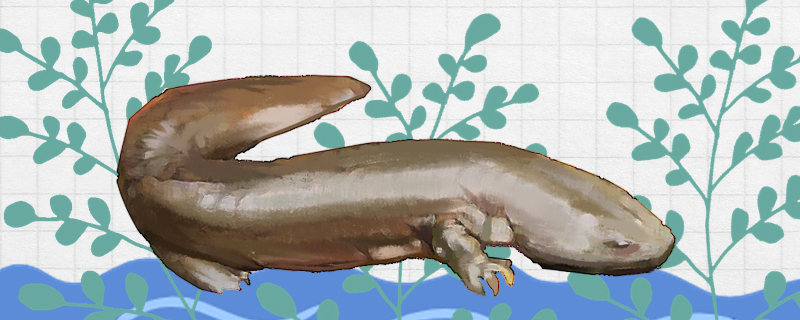
? The giant salamander is what people often call the giant salamander, which is a kind of amphibian that people are basically familiar with. As amphibians, they can move in water and on land at the same time, but they can not move in both places at the same time all the time because of their breathing patterns and respiratory organs. When giant salamanders are still in the larval stage, they breathe with their gills, which makes them unable to come out of the water. After coming out of the water, they can't breathe. At this time, they can only stay in the water for a long time.
However, when the giant salamander reaches the adult stage, it can really be said to be an amphibian, which can move in the water as well as on land. Moreover, giant salamanders can live on land for a long time, foraging and other life activities can be carried out on land, mainly because they can breathe with their lungs at this stage, and they can breathe smoothly on land. At the same time, giant salamanders can also move in the water. Of course, because they breathe with their lungs, they can't breathe underwater, so after a while they will come up to the surface to breathe, so that their lungs can receive fresh air, and the air will reach their lungs through their nostrils, attacking and transporting oxygen.
with their lungs? As mentioned above, giant salamanders use different respiratory organs and breathing patterns at different stages of growth and development. Giant salamanders can breathe with their lungs, but not at all stages. The larval stage is naturally not possible, because at this time the giant salamander has no lungs, only gills, and breathes with gills. But the adult giant salamander has developed lungs and can breathe with them. Although the lungs are more efficient, the lungs of amphibians such as giant salamanders are not as perfect as those of mammals, so they also need the assistance of skin, which can absorb certain oxygen from the outside world.